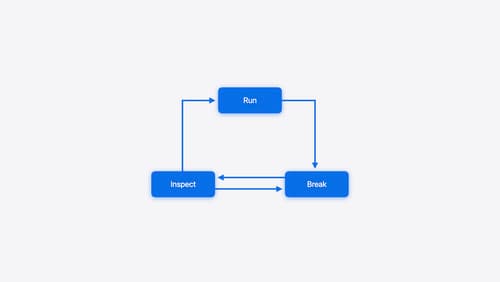How do I download a file from the internet
Asked on 2024-08-01
1 search
To download a file from the internet, you can use various methods depending on the context and platform. Here are a few relevant approaches discussed during WWDC sessions:
-
Using App Intents and File Entity API:
- If your app is document-based or manages files, you can use the File Entity API to represent and access files. This API allows you to convert your app entity to a file or data, which can be useful for downloading and managing files.
- For example, you can create a file entity identifier with a URL, which allows other apps to securely access and manipulate the file through Siri Shortcuts or other intents.
- What’s new in App Intents (09:10)
-
Downloading Game Data:
- For games, you can use on-demand resources or background assets to download additional game data after the initial app installation. On-demand resources are hosted on the App Store, while background assets are hosted on your own server.
- This approach helps in minimizing the initial download size and allows for a seamless gaming experience by downloading necessary data in the background.
- Design advanced games for Apple platforms (02:52)
-
Using Quick Look for visionOS:
- The Quick Look API for visionOS allows you to preview and edit files directly within your app. You can pass an array of URLs to the API to open multiple files in a collection view, making it easier to manage and interact with downloaded files.
- What’s new in Quick Look for visionOS (03:53)
These methods provide different ways to handle file downloads and management depending on your app's requirements and the platform you are targeting.

Run, Break, Inspect: Explore effective debugging in LLDB
Learn how to use LLDB to explore and debug codebases. We’ll show you how to make the most of crashlogs and backtraces, and how to supercharge breakpoints with actions and complex stop conditions. We’ll also explore how the “p” command and the latest features in Swift 6 can enhance your debugging experience.

Introducing enterprise APIs for visionOS
Find out how you can use new enterprise APIs for visionOS to create spatial experiences that enhance employee and customer productivity on Apple Vision Pro.

Xcode essentials
Edit, debug, commit, repeat. Explore the suite of tools in Xcode that help you iterate quickly when developing apps. Discover tips and tricks to help optimize and boost your development workflow.
